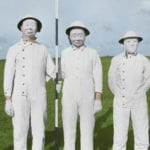 Technology
Technology  Technology
Technology  Humans
Humans 10 Everyday Human Behaviors That Are Actually Survival Instincts
 Animals
Animals 10 Animals That Humiliated and Harmed Historical Leaders
 History
History 10 Most Influential Protests in Modern History
 Creepy
Creepy 10 More Representations of Death from Myth, Legend, and Folktale
 Technology
Technology 10 Scientific Breakthroughs of 2025 That’ll Change Everything
 Our World
Our World 10 Ways Icelandic Culture Makes Other Countries Look Boring
 Misconceptions
Misconceptions 10 Common Misconceptions About the Victorian Era
 Mysteries
Mysteries 10 Strange Unexplained Mysteries of 2025
 Miscellaneous
Miscellaneous 10 of History’s Most Bell-Ringing Finishing Moves
 Technology
Technology Top 10 Everyday Tech Buzzwords That Hide a Darker Past
 Humans
Humans 10 Everyday Human Behaviors That Are Actually Survival Instincts
 Animals
Animals 10 Animals That Humiliated and Harmed Historical Leaders
Who's Behind Listverse?

Jamie Frater
Head Editor
Jamie founded Listverse due to an insatiable desire to share fascinating, obscure, and bizarre facts. He has been a guest speaker on numerous national radio and television stations and is a five time published author.
More About Us History
History 10 Most Influential Protests in Modern History
 Creepy
Creepy 10 More Representations of Death from Myth, Legend, and Folktale
 Technology
Technology 10 Scientific Breakthroughs of 2025 That’ll Change Everything
 Our World
Our World 10 Ways Icelandic Culture Makes Other Countries Look Boring
 Misconceptions
Misconceptions 10 Common Misconceptions About the Victorian Era
 Mysteries
Mysteries 10 Strange Unexplained Mysteries of 2025
 Miscellaneous
Miscellaneous 10 of History’s Most Bell-Ringing Finishing Moves
10 Anomalies And Conspiracies Surrounding The 7/7 London Bombing
On the morning of July 7, 2005, three deadly explosions ripped through three separate trains on London’s underground system within 50 seconds of each other. Less than an hour later, with panic beginning to set in, a fourth deadly blast happened on top of a double-decker bus in the middle of a busy London street.
By the end of the evening, it was clear that 52 people had lost their lives, and hundreds more were injured. As the country came to terms with what had happened, London itself came to a standstill. It was soon announced that the tragic events were the result of four suicide bombers. Soon after that, the questions began.
10 They Weren’t Just Known To Intelligence, They Were Double Agents!
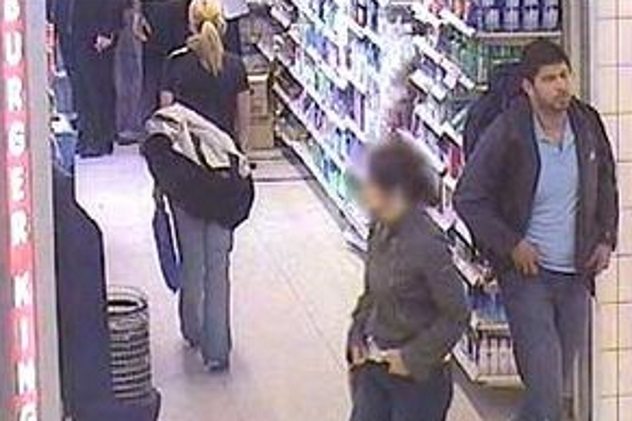
Not only were there claims of at least two of the London bombers being on intelligence services’ radar, several went a stage further and claimed they were actually double agents for British intelligence.[1]
John Loftus, an intelligence expert, stated that the apparent ringleader of the London suicide bombers, Haroon Rashid Aswat, had been on the radar of US intelligence as far back as 1999. He would state publicly (on Fox News in July 2005) that prosecutors in Seattle were about to arrest Aswat on terrorism charges, but someone in the “headquarters of the US Justice Department ordered the Seattle prosecutors not to touch Aswat.” The reason was that Aswat was working for British intelligence. Loftus even went as far as to say that a certain “wing” of British intelligence had been hiding him.
Author Tom Secker, in his book Secrets, Spies and 7/7, would draw attention to how each highlighted failure in intelligence would be tempered with a little bit more background information on the apparent bombers being made available to the public. He would write in 2012, “After nearly seven years this whole process looks more and more like an attempt to establish a legend of the four suicide bombers.”
Whether it was a lack of action on intelligence services’ part or whether there were some blurred lines between intelligence agencies and the attackers is still very much open to debate for some.
9 Training Exercise—Same Day, Time, Stations, And Scenario?
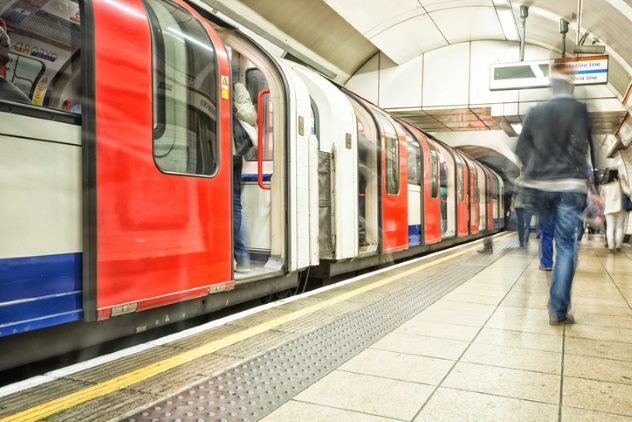
On the same day of the fatal attacks, a “training exercise” was reportedly taking place under the control of a company named Visor Consultants, which specializes in “crisis management” situations.[2] Not only were the exercises taking place on the same day of the actual attacks, but they were taking place at the exact same time and even at the exact same locations. Every precise detail was the same, right down to the bombs going off in unison.
Peter Power was the managing director of the company at the time, and in 2008, he suddenly made the information available to the wider public via the Internet. Power even appeared on various news segments and media platforms on the morning of the attacks, talking of the “coincidences” between his training exercise and the actual bombings, stating, “I still have the hairs on the back of my neck standing up.” Perhaps even more cryptically, he went on to say, “We planned this for a company, and for obvious reasons, I don’t want to reveal their name, but they’re listening and they’ll know it.”
Even over the following years, Power, who was a former police official and anti-terrorist officer, would appear on various media platforms as an “independent expert” discussing the event. Needless to say, some conspiracy theorists were more than suspicious of both the training exercise and Power himself, seeing the drills as clear signs of a false flag event and Power as a kind of “controlled” expert. Others would see Power and his company as nothing more than a pawn, used to a hidden end, who had perhaps, given his experience in such circles, come to realize this as events unfolded.
As we shall see over the next points on our list, it wasn’t just conspiracy theorists who began to question events. As more details emerged, some members of the victim’s families were also beginning to seek more information.
8 7:40 AM Train Anomalies

According to the initial information, and still the official version of events, three of the bombers (Mohammad Sidique Khan, Shehzad Tanweer, and Hasib Hussain) traveled from Leeds in West Yorkshire by car and then met the fourth bomber (Germaine Lindsay) at Luton train station. They then boarded the 7:40 AM train to London.
However, it would soon come to light that the 7:40 AM train had actually been canceled that morning.[3] This would mean they would have to get the following train after 8:00 AM, which, given the 35 minutes it would take to arrive in London (assuming there would be no delays, which there almost certainly would be), wouldn’t have given enough time to be on their respective trains to detonate the bombs at 8:49 AM.
Then, investigators stated the bombers had, in fact, taken the earlier train at 7:25 AM and even provided a photograph to prove it (which, as you might suspect, many dismiss as a fake). Perhaps it’s easy to see why, as further research would reveal that the 7:25 AM train had actually faced a delay and was 23 minutes late. This would mean that the group wouldn’t arrive in London any earlier than 8:23 AM and simply wouldn’t have had enough time to leave the Luton train, split up, and carry out the plan by 8:49 AM, the time the explosions went off.
There were also other anomalies.
7 The Bombers Paid For Seven Days Of Parking
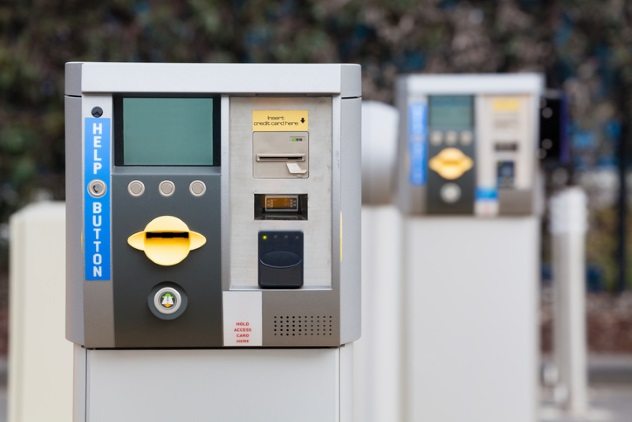
There is no doubt the three men from West Yorkshire arrived in Luton that morning. Their car was found parked in the Luton car park where they had left it. The problem, at least to those who were suspicious of the day’s events, was that the driver had opted to pay for seven days of parking.[4]
Based on that we are told, this was a long-planned suicide mission, so many have questioned why they had paid for such a long stay. In fact, why had they bothered to pay at all? Why not simply abandon the car and board the train?
To many, it brought back the notion of the first two points on our list, that the bombers had links to intelligence services and perhaps that they paid for such extended parking since they were expecting to take part in a training exercise that morning in London, possibly even as the attackers. These are outlandish notions to some, and while they are purely speculative, it’s far from an unheard-of situation in intelligence services. The next point on our list does nothing to dampen the flames of such theories, speculative or otherwise.
6 They Bought Round-Trip Tickets
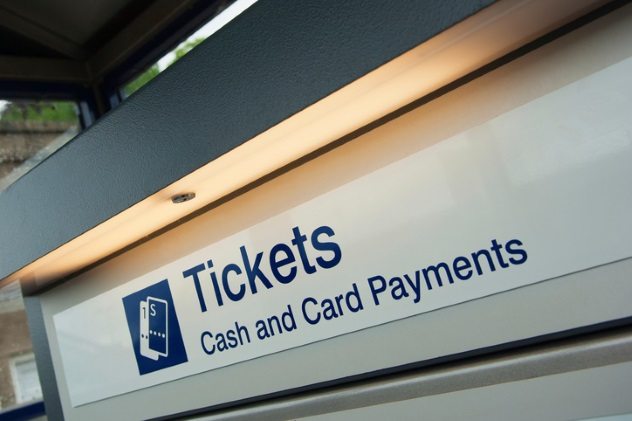
As well as paying for such an extended stay at the Luton train station, each of the bombers are said to have purchased round-trip tickets.[5] Again, this raised eyebrows among conspiracy theorists for obvious reasons.
If, as the official report states, the London bombings were planned for some time, then surely a simple action as obtaining the right train tickets wouldn’t have been overlooked. And if the tickets were purchased that morning, four people intent on killing themselves in less than two hours would surely just buy one-way tickets.
As crazy and perhaps disrespectful as some might find it, the conspiracy claims surrounding the four bombers were quickly forming along the lines of the ideas that they were fully expecting to return to Luton in the next few days and were likely connected to the intelligence services. As we shall see later in our list, evidence at the scene of the explosions would also begin to express doubt as to whether the four men were actually carrying bombs with them that morning. This was further questioned when more “bombs” were discovered in the boot of the seemingly abandoned car.
5 Where’s All The CCTV?

Although several CCTV shots were released to the public, given the amount of CCTV cameras that are in and around London, not least on transportation lines, it is argued that there should have been many, many more pictures available.[6] However, as requests for these were made, it was revealed that many of the CCTV cameras were apparently “not working” or that the footage “was lost.”
Perhaps understandably, some found this to be more than suspicious, particularly when some photo experts reportedly examined the few pictures that were offered and cast considerable doubt upon their authenticity.
Furthermore, the No. 30 bus (which we will look at in a little more detail shortly) was another example of CCTV “not working” when it was revealed that the camera was faulty and so didn’t record the alleged bomber, Hasib Hussain, actually getting on the bus. Police would simply offer that, “It was not clear if the driver had forgotten to switch the camera on, or if there was a technical problem.” Either way, there is no absolute proof that the person we are told got on the bus actually did.
4 Passports And Documentation Found
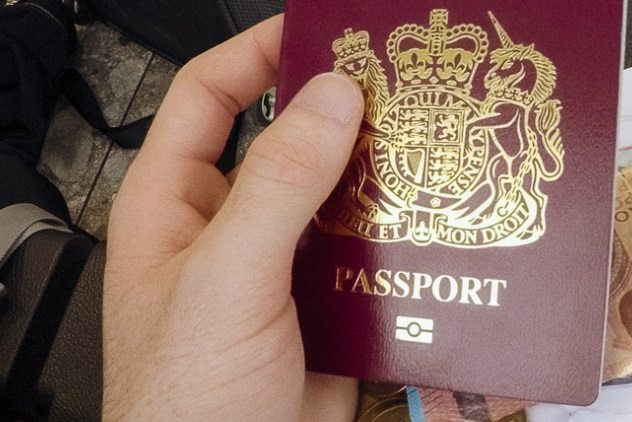
As is the case with many other terrorist incidents, investigators would claim to have found passports and other documentation identifying the bombers.[7] Like a red rag to a bull, some conspiracy theorists simply shook their heads in disbelief.
The bombers are said to have carried their deadly payloads in their backpacks. When you consider the information from investigators that the bombers were completely destroyed by their devices, then it is perhaps understandable that some people find it hard to believe that such flimsy items as passports, driver’s licenses, and various other forms of documentation would survive intact.
Much like the claims of intelligence services trying to provide a background for the bombers in relation to highlighted intelligence failures, it would seem to some conspiracy theorists that the “finding” of such documents was nothing more than placing the four bombers exactly where intelligence services said they were.
3 Evidence Of Bomb Under A Train
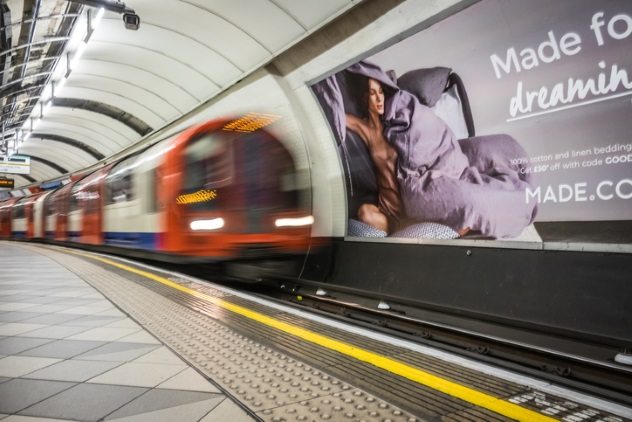
Perhaps some of the most damning claims were those which suggested one of the bombs that exploded was actually underneath a train.[8] And there appears to be evidence to support this.
Many witnesses who were on board the train on the underground, particularly those in the carriage where the explosion happened, would insist that it blew upward from underneath. One witness, Bruce Lait, would even tell the Cambridge Evening News that as he was leaving the train, a police officer told him quite clearly, “Mind that hole, that’s where the bomb was.” He went on to further state that “the metal [of the carriage floor] was pushed upwards as if the bomb was underneath the train.” Furthermore, explosive experts would reportedly suggest that, assuming for one moment the bomb was under the train, it would have to have been a military-grade explosive, and not some homemade device, to cause the damage that it did.
Does this perhaps suggest that the explosives were placed on the tracks in anticipation of the attack? Was this part of the “training drills” that were taking place? Such drills would provide a great excuse to stop a train at a certain point—such as one where a previously planted bomb was waiting. Again, it is a crazy notion to some, but many subscribe to it.
2 Truly Bizarre Coincidences And Other Points Of Interest
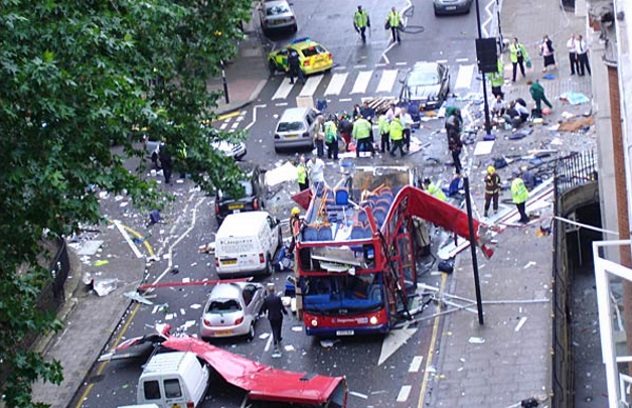
There are many other points of interest. Some are intriguing, while others are bizarre and lean toward the meddling of an apparent world elite.[9]
For example, the No. 30 bus that exploded in Tavistock Square is singled out as being a symbolic reference to the Tavistock Institute, claimed by some conspiracy theorists to be a mind-control center for the Illuminati. (Remember Peter Power’s quote of the company he was working for: “They’re listening and they’ll know!”) Further still, the No. 30 bus is said to have been purposely diverted to the route that would take it to Tavistock Square and the would-be bomber.
Perhaps even more bone-chilling, as much as a coincidence as it might have been, is the fact that on the side of the No. 30 bus was an advert for the horror movie The Descent. Part of the blurb read, “Outright Terror! Bold and Beautiful!”
Going back to the car that was left in the Luton train station car park, it was revealed that one of the alleged bombers had recently spent considerable time and money on “cosmetic” repairs to the car. As trivial as this sounds, such actions don’t reflect the mindset of a person with only weeks to live.
There were also several reports of “three terrorists being shot and killed” near Canary Wharf not long after the explosions, with some witnesses even speaking to news reporters, who ran the story as fact. While this is almost certainly the result of confusion, it is an interesting point if you subscribe to the theories that the bombers in question were “set up” by intelligence services.
Not least, though, was the absolute shock of those who knew the bombers. Many close to them found it hard to believe that such men with families, one who left a pregnant wife and one who had spent his adult life mentoring troubled and disabled children, could really be so intent on causing so death and destruction. Perhaps that is the natural reaction of not wanting to believe such things?
1 The Killing Of Jean Charles De Menezes
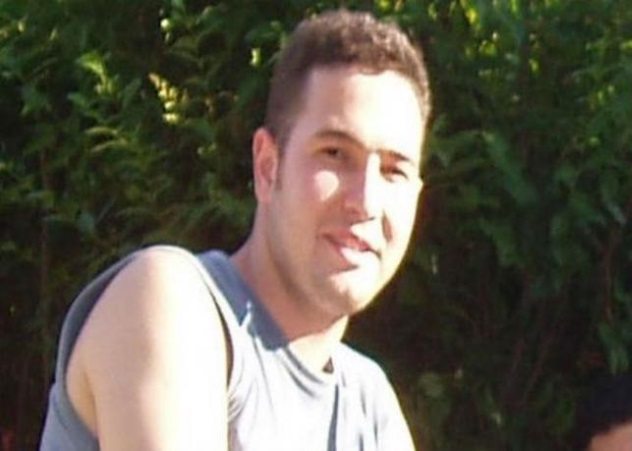
In the weeks following the bombings, Brazilian national Jean Charles de Menezes was gunned down by police in a horrific case of mistaken identity.[10] He was followed on board a train by armed police, held down to the floor of the carriage, and shot eight times (seven times in the head) in front of horrified onlookers.
To some, however, this was not a dreadful mistake; it was murder. Other details that emerged in the following days that would strengthen these feelings for some. For example, police reports to the media stated that Jean Charles was running through the station, even jumping over a barrier to board the train. They were later forced to climb down from this, as multiple witnesses stated he calmly walked to the train and didn’t run at any point. Further still, no warnings were issued by the police. Witnesses stated that almost as soon as Jean Charles sat down on the train, he was set upon, held down, and shot.
Professor Michael Clarke was just one of many who believed there was something else going on below the make-believe version of de Menezes’s death being fed to the public. He would state that police wouldn’t shoot someone so many times if they believed they could make the arrest. To him, the killing of Jean Charles de Menezes was a special forces operation.
Perhaps most interestingly of all, Jean Charles de Menezes was an electrician who worked on a contract-to-contract basis. When the London bombings occurred, there were initial reports of “power surges” on the underground. In fact, this was the official story until the explosion on the No. 30 bus. As speculative as the assertion is, might Jean Charles have been employed by the aforementioned Visor Consultants to use his skill as an electrician to create safe power surges as part of a training drill, and in the process, might he have seen a little too much? De Menezes was reportedly followed right from his house by police and allowed to walk calmly to the station on the morning he was killed. Basically, they had ample chance to apprehend him before he even entered the station. However, they chose not to.
Read about more conspiracy theories concerning historical tragedies on 10 Reasons Some Remain Suspicious Of The Official 9/11 Account and 10 Chilling Conspiracies About The Massacre At Pearl Harbor.

